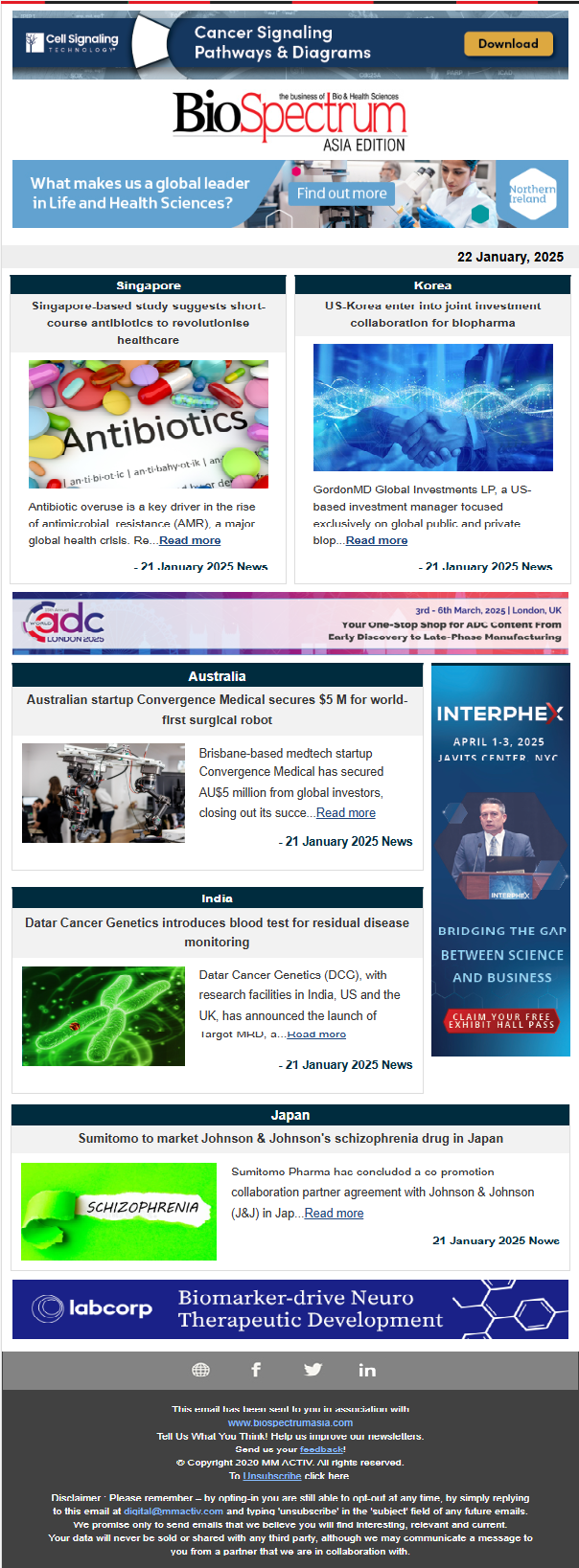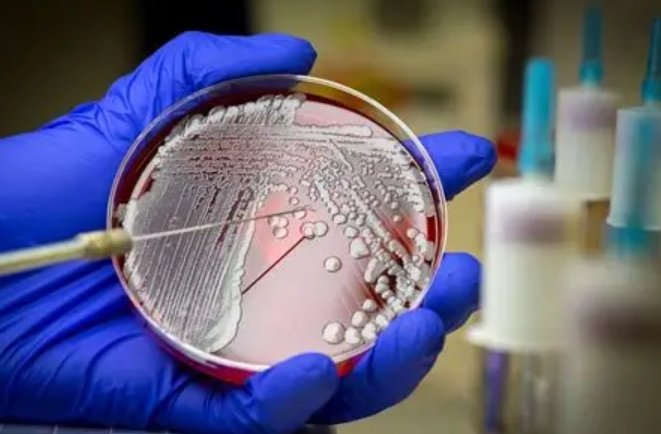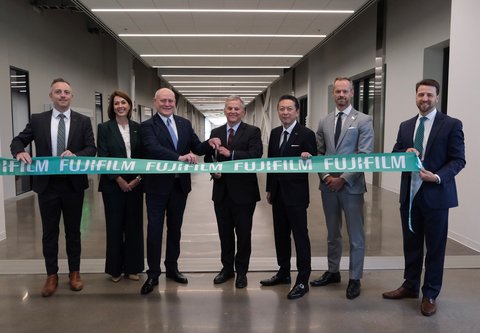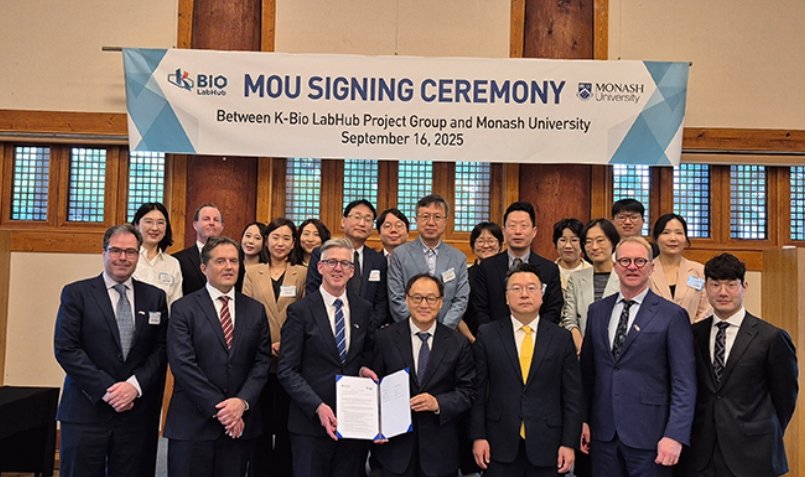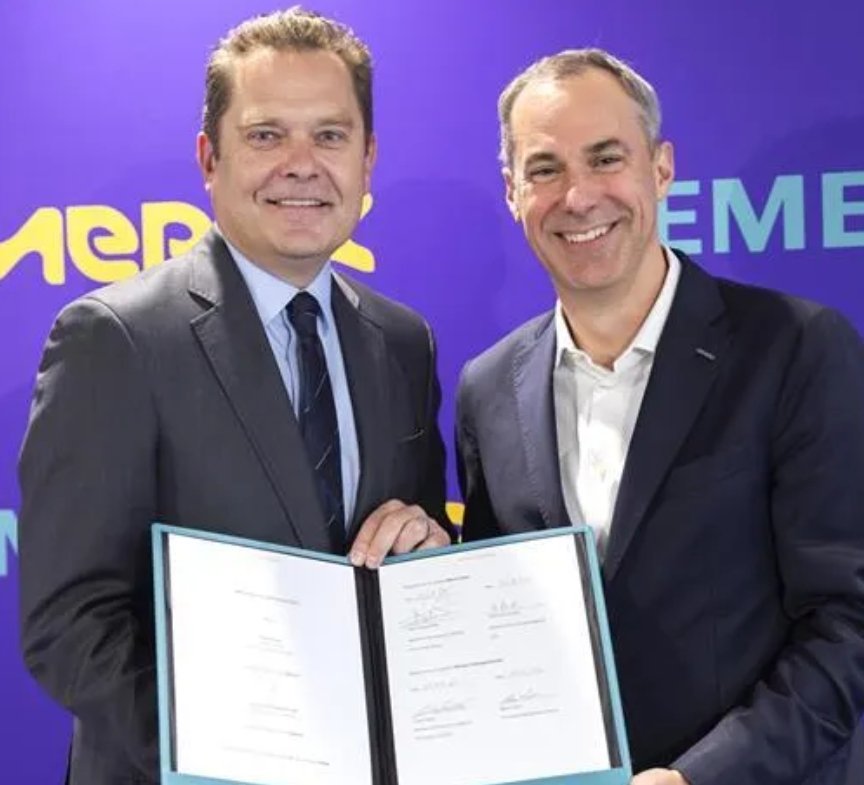
Image credit: National University Hospital
Siemens Healthineers and the National University Hospital (NUH) Singapore have announced a strategic research collaboration to advance diagnostic solutions for Metabolic Dysfunction-Associated Steatotic Liver Disease (MASLD), which affects nearly 40% of adults in Singapore — a prevalence that is higher than the global average of 30.05%.
MASLD, formerly known as Non-Alcoholic Fatty Liver Disease (NAFLD), is now the most common cause of chronic liver disease worldwide. The elevated burden in Singapore reflects rising levels of obesity, sedentary lifestyles, and associated metabolic conditions – a serious trend that demands a more efficient, patient-friendly approach to liver care.
The research initiative will be led by Associate Professor Dan Yock Young, Senior Consultant, Division of Gastroenterology and Hepatology, Department of Medicine at NUH, and Associate Professor, Department of Medicine at the Yong Loo Lin School of Medicine, National University of Singapore. A globally respected hepatologist, his pioneering contributions to liver disease research have set international benchmarks. His leadership lends both clinical excellence and a global perspective to the project.
The collaborative study will evaluate Siemens Healthineers' cutting-edge ultrasound technologies: Ultrasound-Derived Fat Fraction (UDFF) and Auto Point Shear Wave Elastography (Auto pSWE). These tools enable physicians to non-invasively measure both liver fat and stiffness in a single, streamlined session, offering safer and more cost-effective alternatives to MRI scans and invasive biopsies. Early detection, more precise monitoring, and timely intervention could redefine the liver care pathway across the region.
"Together with NUH, led by Associate Professor Dan Yock Young, we will study how advanced ultrasound technologies can transform liver care by offering a cost-effective alternative to invasive biopsy or high-cost imaging," said Vy Tran, President Asia-Pacific Japan, Siemens Healthineers. "Our aim is to make ultrasound technologies accessible not only in tertiary hospitals but also at the polyclinic level. If we can embed these solutions into the liver care pathway, we can bring earlier detection, better monitoring and timely interventions to the people who need it. With this research collaboration, we hope to create new opportunities to scale the adoption of ultrasound technologies and improve clinical outcomes for liver patients across the Asia Pacific region."
